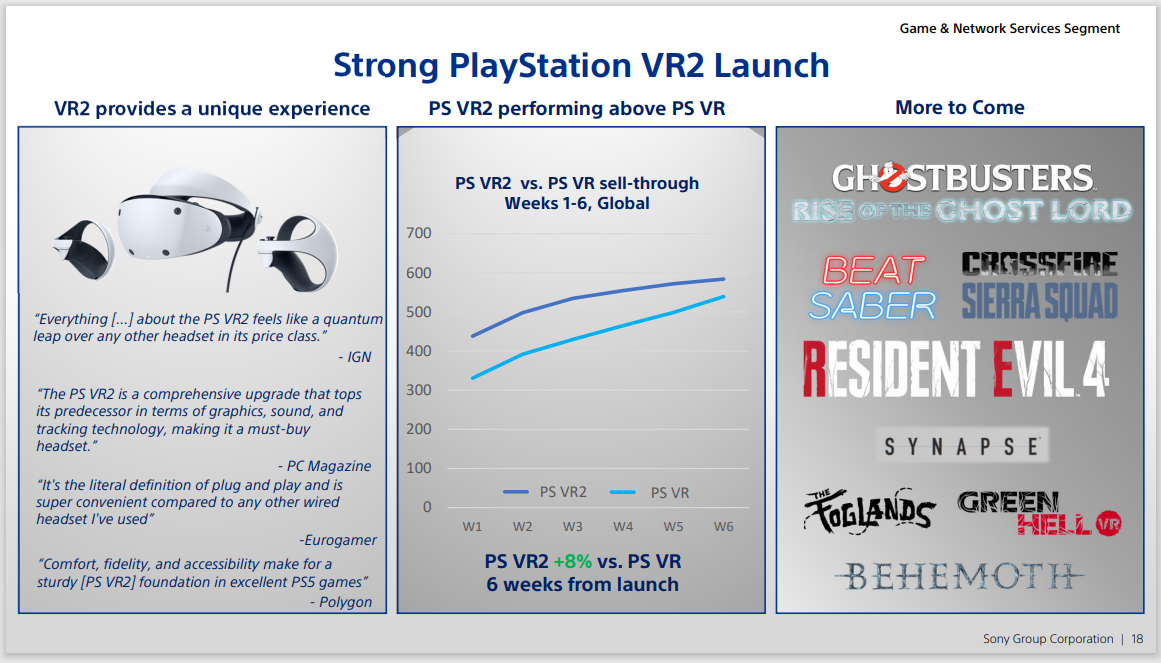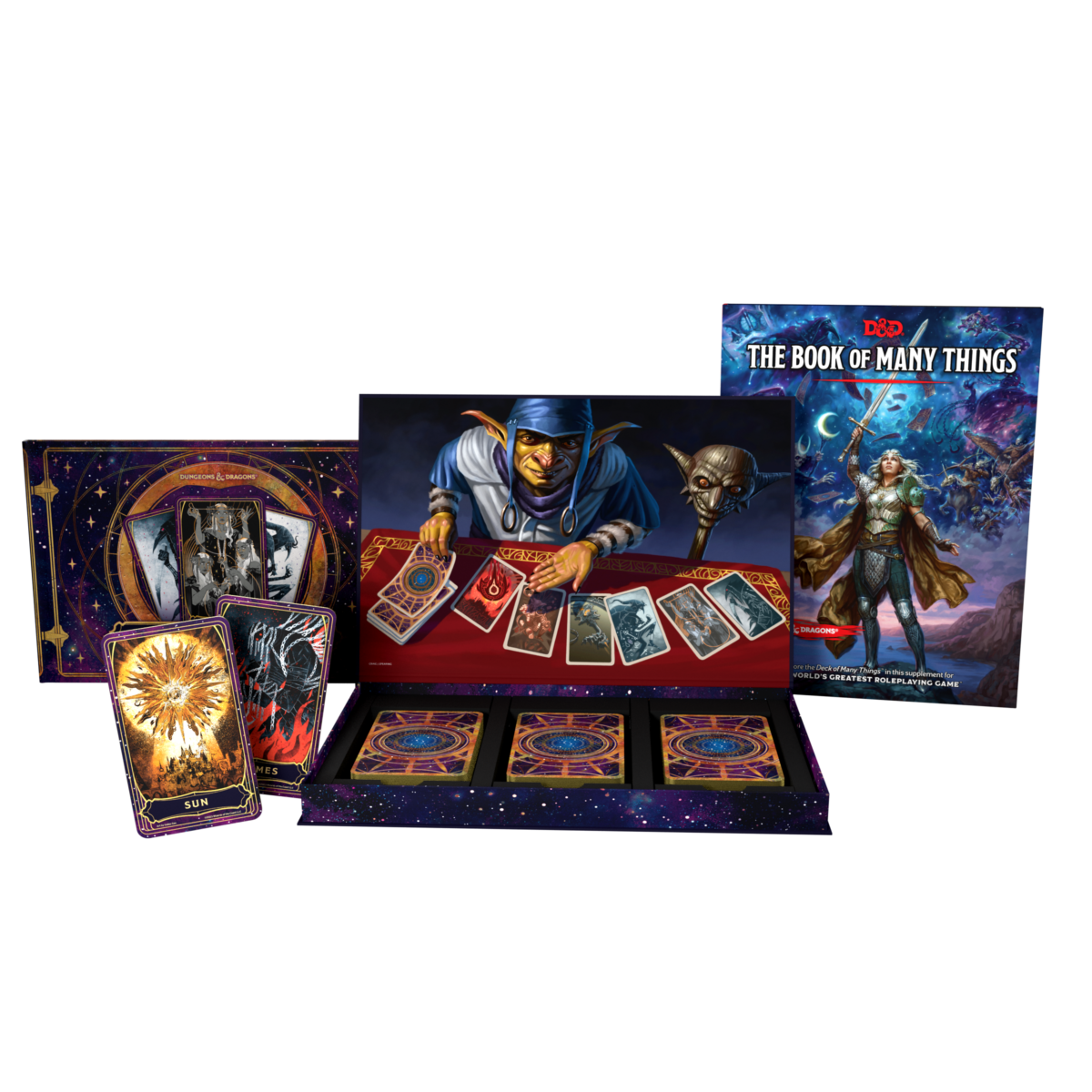CONVERGENCE: A League of Legends Story is newly released 2D action platformer from Double Stallion and Riot Forge that stars a young Ekko, the so-called “boy who shattered time,” as he uses parkour, advanced combat, and time abilities to defeat all the enemies that threaten the future of Zaun and all of its people.
CONVERGENCE: A League of Legends Story is all about utilizing Ekko’s abilities to take advantage of a ton of exciting options provided to the players throughout the story-based platformer. When we find Ekko, he is a young inventor who has a device that can rewind time and must work with his friends to keep his city, Zaun, safe. However, he soon realizes he can’t even trust those he holds most dear, including himself.
In League of Legends, Ekko has been using his time-warping abilities to become a fan-favorite Champion since 2015, and fans will soon be able to learn a whole new side of him and unlock skills that aren’t restricted by the balance requirements expected in a MOBA like League of Legends.
Time Rewind Will Give Ekko Another Chance to Succeed
The first of these abilities and one that will be used most often is Time Rewind, Ekko’s core ability that allows him to travel back in time to fix any mistake he may have made. In CONVERGENCE, this will allow players to quickly go back a few seconds to retry any combat or platforming situation they desire.
Time Rewind will be limited by a number of Rewind Charges, but these can be recovered as drops across Zaun, and the total number of charges can be improved as the story progresses. Furthermore, Ekko will be able to craft Gadgets that will augment Time Rewind and his other abilities with such things as a temporary speed boost or a damaging temporal discharge after a rewind.
Chronobreak Is an Ultimate Ability That Could Save Your Day
As it is in League of Legends, Chronobreak is Ekko’s ultimate ability in CONVERGENCE. The ability functions in a similar fashion as it does in League of Legends, and will allow players to flash back to an afterimage of Ekko to at any time to cause a temporal explosion that deals massive damage and knockback.
Chronobreak charges as Ekko damages enemies, and it can even be restored if you accidentally use it early by activating a Time Rewind to the point before you used it!
Timewinder Is Ekko’s Long-Range Solution
Timewinder, alongside being quite the fashionable belt buckle, is Ekko’s signature long-range attack that gives him another way to take down any foe that is foolish enough to get in his way.
As players make their way through any given level, they can throw the Timewinder and watch it expand after a set distance. Timewinder will inflict damage as it heads forward and it will cause damage in the area it ends up at, before rewinding back to Ekko and dealing even more damage as it returns.
Outside of combat, Timewinder will be just as useful, as it can power special electrical sockets that Ekko finds as he traverses the city of Zaun.
Parallel Convergence Slows Down Time in a Pinch
Parallel Convergence was one of the abilities that took developer Double Stallion the most tries to perfect, but it’s one that seemingly could be the most vital in the many life-and-death situations Ekko will undoubtedly find himself in. Parallel Convergence is all about slowing down time in a contained circular area around Ekko, and it has applications in and out of battle.
In battle, Parallel Convergence can help Ekko handle a ton of enemies at once and the projectiles they will fire. By activating the ability, which can be cast much quicker than its counterpart in League of Legends, you will slow down anything that gets in its path, except for Ekko and other Champions that are more resistant to its effects.
Outside of battle, Parallel Convergence will let Ekko slow down certain mechanical elements like collapsing platforms, fire vents, fans, crushers, and more. By using this ability to its fullest, Ekko will have a much greater chance of survival.
Phase Dive Is a Teleporting Move With Huge Damage Potential
The final ability all players need to know about is Phase Dive, and it’s one that Ekko can use to teleport to a target to perform a devastating slash attack. However, it can be used in situations where you need a quick escape as well, making it quite a versatile tool in Ekko’s repertoire.
Outside of combat, Phase Dive can be used to teleport to special nodes in the Undercity and phase through gaps and walls that would be otherwise impossible. You can also use it while traversing Zaun to get out of sticky situations that might get Ekko in a lot of trouble.
These are only five of Ekko’s abilities and players can expect to learn more throughout the game, not to mention the over 20 Gadgets that can further customize them!
CONVERGENCE is out now and is just one of the many games set in the League of Legends universe and follows such other games from Riot Forge as Ruined King, Hextech Mayhem, The Mageseeker, and the upcoming Song of Nunu.




